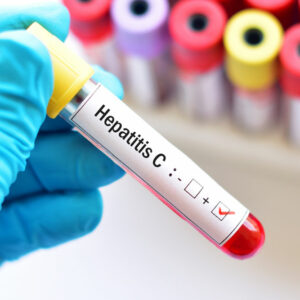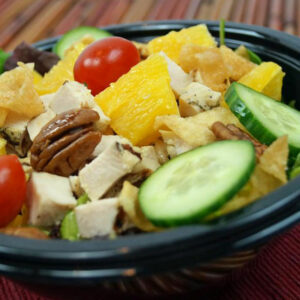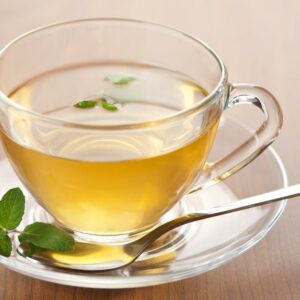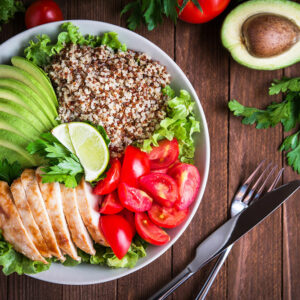
01
Home remedies to help deal with dry eyes
Have your eyes been stinging, burning, or looking red? If yes, you might have a condition called dry eyes. It happens when tiny glands in and around the eyelids do not make enough tears to keep your vision clear. Additionally, tears help keep the eyes moist and hydrated. They can wash away any grime and debris and protect it from infection. The cause for this condition could be due to certain medicines, diseases, or simply one’s age. Usually, the treatment process depends on the cause of this condition. Before you consider taking eye drops or other medicines, try these natural and home remedies for dry eyes, as they are safer. Warm compresses It is one of the best natural and home remedies for dry eyes. At times, inflamed and flaky eyelids clog the oil-making glands that are on the edge of the eyelid and cause dry eyes. To release these clogged eyelids, you can use a warm, wet cloth over your eyelids, pressing it gently on the edges to help release the clogged oils. The heat and moisture help loosen the clogged oils in the glands and also reduce inflammation, if any. Do it a few times in a day until you get relief. Fatty fish Fatty fish like salmon, mackerel, and sardines have high levels of omega-3 fatty acids that are ideal if one needs to increase moisture in the oil-making glands. The other foods you could try are vegetable oils (soybean and canola), walnuts, and flaxseeds. This is one of the easiest remedies for dry eyes. Blink more Research shows that people who blink often are less prone to dry eyes. Usually, people who use computers, smartphones, or any other bright screens for a long time are more likely to suffer from this condition, as they do not blink as often.
Read More 










